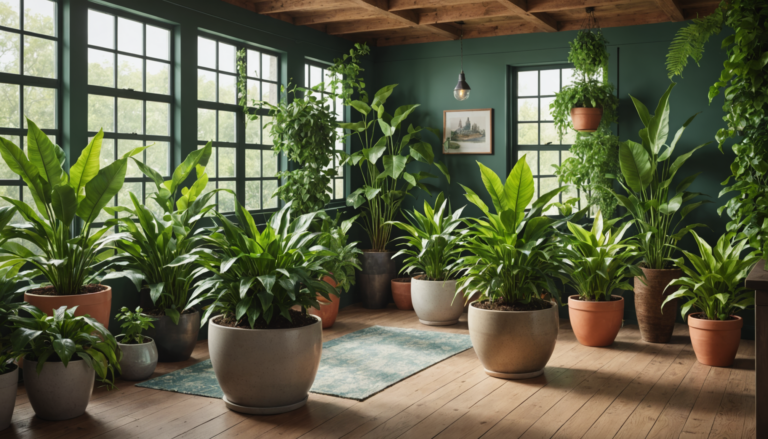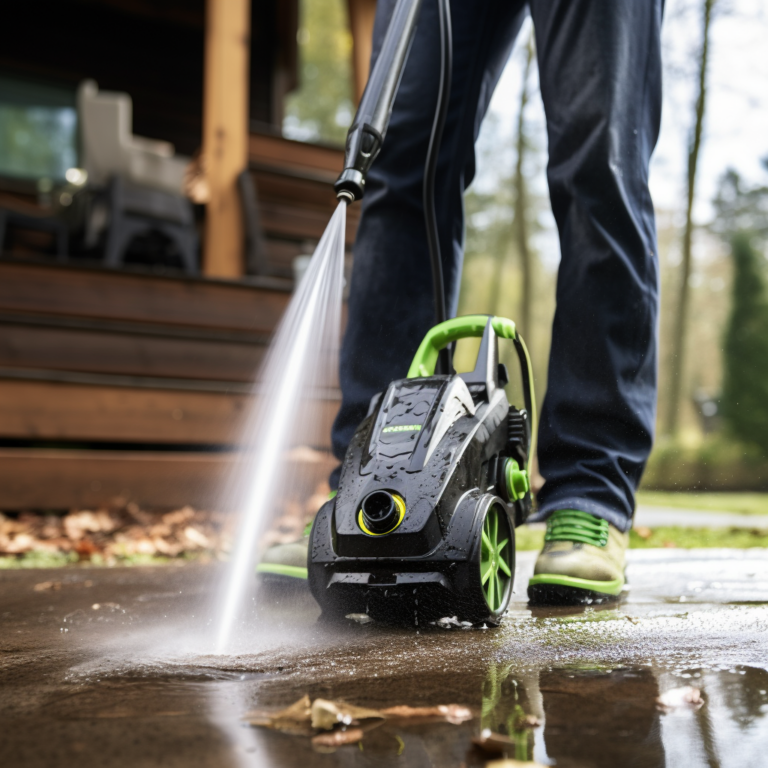There’s no need to worry about the quantity of water you give to your potted tomato plants, particularly if you water them abundantly. The harm that overwatering can inflict can be equally as detrimental as any pest or disease, a typical mistake made with container-grown tomatoes. This guide provides a useful tool to detect and rectify overwatering issues before they cause severe damage.
The health of your tomato plants hangs in the balance, and with a few adjustments, you can steer them back to their former glory. Discover the critical steps that could rescue your plants and ensure a robust growth and bountiful harvest.
Key Takeaways
- Signs of overwatering include yellowing leaves, wilting, pale leaves, leaf drops, mushy stems, and brown, soft roots.
- Overwatering can lead to stunted growth, fruit cracking, and nutrient absorption issues.
- Factors such as pot size, soil type, climate, and season determine the watering frequency for tomato plants in pots.
- Techniques to prevent overwatering include checking soil moisture, creating a tailored watering schedule, using pots with good drainage, and avoiding waterlogged saucers.
Recognizing the Signs of Overwatered Tomato Plants in Pots
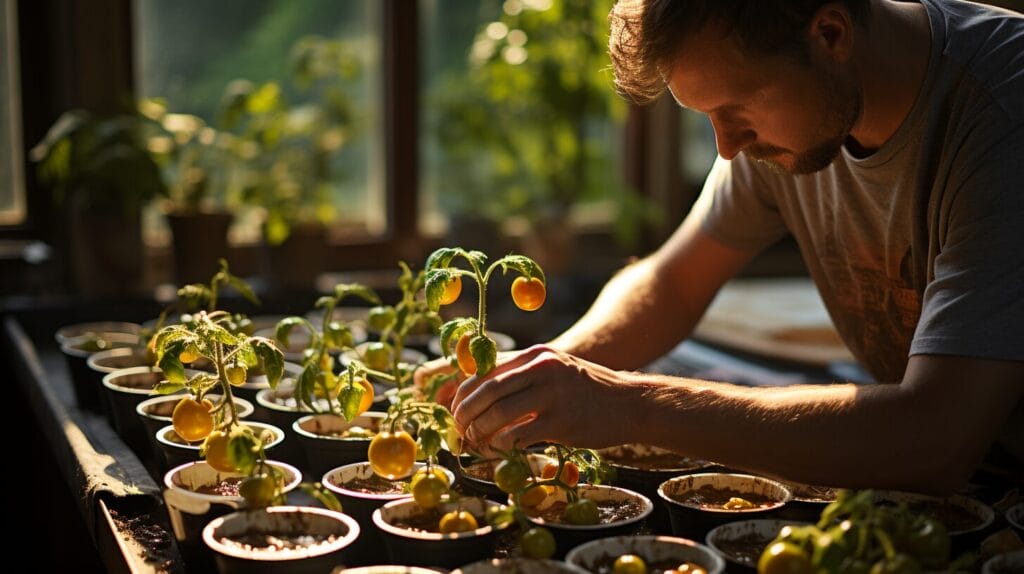
To rescue your potted tomato plants from overwatering, learn to spot warning signs such as yellowing leaves and wilting, which often indicate excess moisture. Unusually pale foliage or leaf drops are clear signals that your plant is getting more water than it needs. Mushy stems and brown, soft roots suggest root rot, which can be fatal if not addressed promptly. Ensure your pots have adequate drainage holes and avoid standing water to protect the roots and preserve essential nutrients.
Consequences of Overwatering in Various Tomato Varieties

Different tomato varieties have varying water needs. Overwatering can cause yellowing leaves, stunted growth, and fruit cracking. Heirloom tomatoes are particularly sensitive to excessive moisture, while some hybrid varieties may be more tolerant. However, consistent overwatering will negatively affect all types, regardless of their natural water requirements.
Identifying the Right Watering Frequency for Tomato Plants in Pots
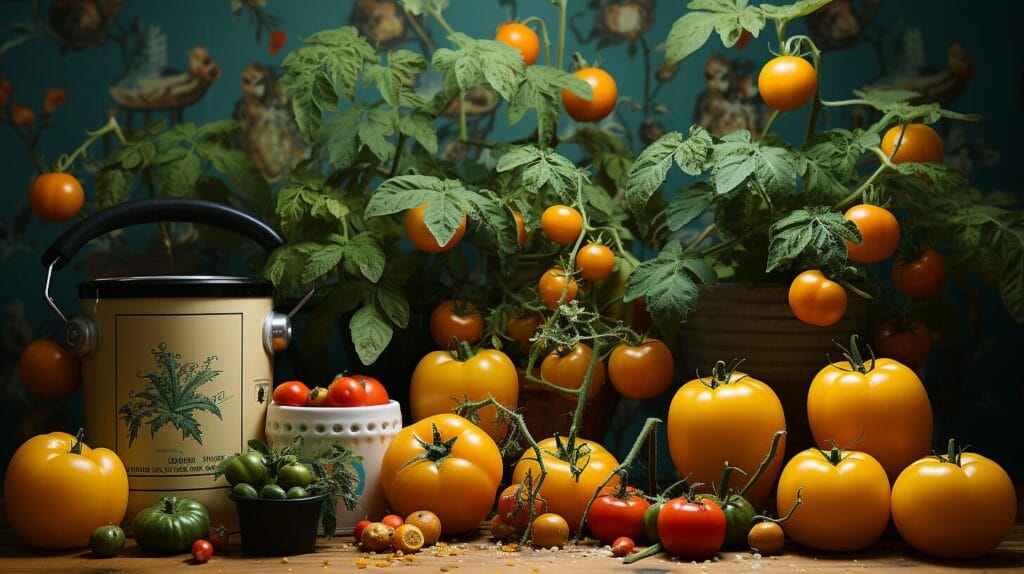
The optimal watering schedule for potted tomato plants depends on pot size, soil type, and weather patterns. Larger pots and clay soils retain moisture longer, while sandy soils drain quickly. In hot, dry climates, plants may need daily watering, but during cooler or rainy periods, watering should be reduced. Check the top inch of soil for dryness and water deeply to encourage strong root development.
Practical Techniques to Prevent Overwatering Tomato Plants
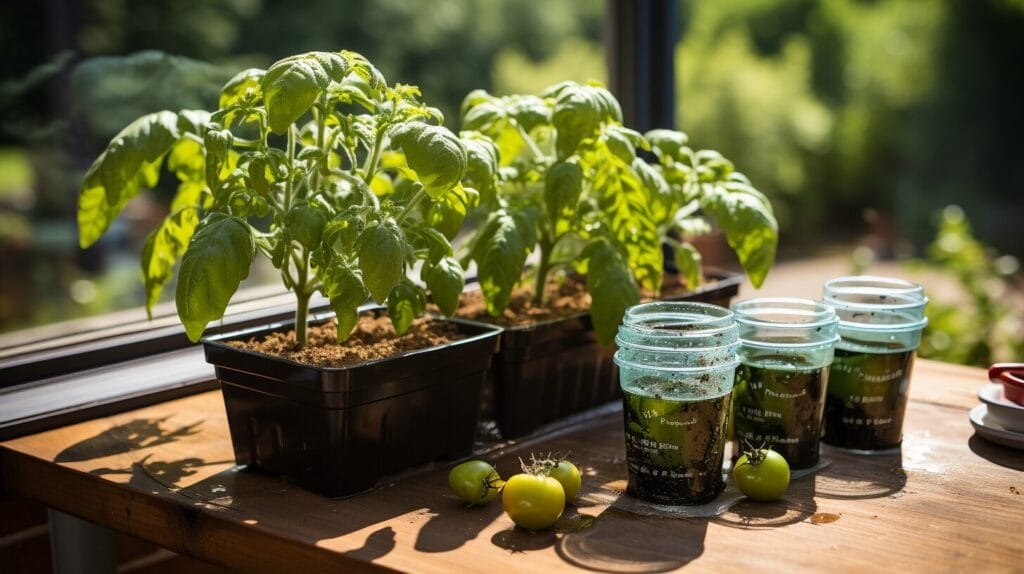
To maintain perfect hydration without overwatering, consider these strategies:
- Check the soil before watering: If the top layer is dry, it’s time to water.
- Create a tailored watering schedule: Adjust for climate, season, and plant growth stage.
- Use pots with good drainage: Ensure pots have holes and avoid waterlogged saucers.
- Invest in a soil moisture meter: This tool helps you water only when necessary.
Effective Steps to Save an Overwatered Tomato Plant

If your plant’s pot is waterlogged, take immediate action. Stop watering, check the drainage, and remove the plant to inspect the roots. Trim away any rotten roots and repot them in a container with proper drainage, using fresh, well-draining soil. Place the plant in a warm, well-ventilated area and monitor soil moisture, watering only when necessary.
Conclusion
Keep a close eye on your potted tomato plants, ensuring well-drained pots and adjusting watering routines as needed. If overwatering occurs, scale back and allow the plants time to recover. With patience and attentiveness, your tomatoes will be back on track, ready for a rewarding harvest.
Frequently Asked Questions
How often should I water tomato plants when I grow tomatoes in pots?
When you grow tomatoes in pots, the plant needs a consistent water supply as they may dry out faster than those grown in the ground. A good rule of thumb is to water your tomato plants thoroughly when the top inch of soil is dry. This can translate to approximately one gallon of water per plant per week, but always remember to adjust based on the plant needs and weather conditions.
What are the signs of overwatering tomato plants in Pots?
A: An over-watered tomato plant shows signs of wilting. You might notice the tomato leaves turning yellowish or even browning at the edges or base of the plant, and they might appear blotchy. Other signs include a sudden drop of flowers, or both young and old leaves falling off at the same time.
Can a tomato plant recover from overwatering?
Yes, a tomato plant can recover from overwatering. You can save overwatered tomato plants by stopping watering until you see the soil is dry, then begin watering them with lower amounts of water. Removing the tomato plant from its pot and setting it on a newspaper can also help the root dry out and allow it to recover.
How does overwatering affect a tomato plant’s growth?
Overwatering a tomato plant can stifle its growth. The excess water chokes the plant’s roots, denying them the oxygen they need. This can cause the leaves to wilt and yellow leaves to appear, ultimately leading to the stunted growth of your tomato plant.
Should we use other methods of tomato plant care over watering tomato plants in Pots?
Yes, using other methods of tomato plant care such as proper soil drainage, mulching, and regular pruning can be more effective than overwatering tomato plants in pots.


